How To Record Quiet Sounds ?
To record quiet sounds, you can follow a few steps. First, make sure you are in a quiet environment with minimal background noise. Next, use a high-quality microphone that is sensitive to low-level sounds. Position the microphone close to the source of the sound you want to record. You can also use a microphone with a high signal-to-noise ratio to capture faint sounds more effectively. Additionally, consider using a microphone preamplifier to boost the signal before it reaches the recording device. Finally, monitor the recording levels carefully to ensure that the quiet sounds are being captured without distortion or interference.
1、 Microphone sensitivity and placement techniques for capturing quiet sounds.
To record quiet sounds effectively, it is crucial to consider microphone sensitivity and placement techniques. These factors play a significant role in capturing subtle nuances and details that may otherwise go unnoticed.
Microphone sensitivity refers to the ability of a microphone to pick up low-level sounds accurately. When recording quiet sounds, it is essential to use a microphone with high sensitivity. Condenser microphones are often preferred for this purpose due to their ability to capture delicate sounds with precision. Additionally, selecting a microphone with a low self-noise level is crucial to minimize any unwanted background noise that could interfere with the recording.
Proper microphone placement is equally important when recording quiet sounds. Placing the microphone close to the sound source helps to capture more direct and detailed sound, reducing the impact of ambient noise. However, it is essential to maintain a safe distance to prevent distortion or clipping. Experimenting with different microphone positions and angles can help find the sweet spot for capturing the desired sound accurately.
In recent years, advancements in microphone technology have further enhanced the ability to record quiet sounds. Some microphones now feature extended frequency response and improved signal-to-noise ratio, allowing for more precise and detailed recordings. Additionally, the development of specialized microphones, such as parabolic or shotgun microphones, has made it easier to capture distant or faint sounds with greater clarity.
In conclusion, to record quiet sounds effectively, it is crucial to consider microphone sensitivity and placement techniques. Using a microphone with high sensitivity and low self-noise, along with strategic placement, can help capture subtle nuances and details. With advancements in microphone technology, recording quiet sounds has become more accessible, allowing for more accurate and immersive audio experiences.
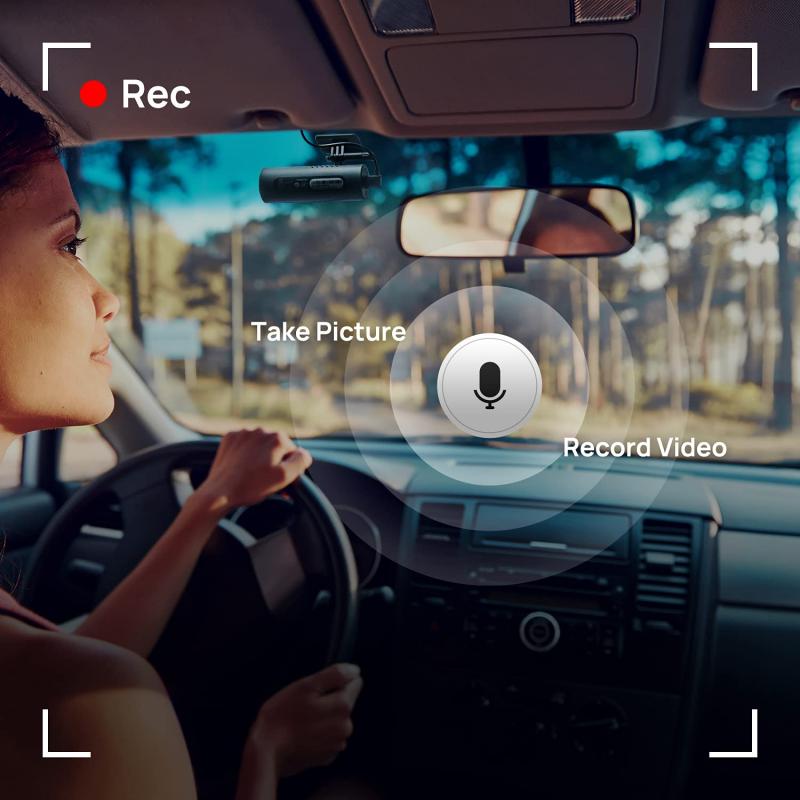
2、 Noise reduction methods to enhance recording of quiet sounds.
Recording quiet sounds can be a challenging task, but with the right techniques and equipment, it is possible to capture even the faintest of sounds. Here are some methods to help you record quiet sounds effectively:
1. Use a sensitive microphone: Invest in a high-quality microphone that is specifically designed for capturing low-level sounds. Condenser microphones are known for their sensitivity and ability to pick up subtle nuances.
2. Reduce background noise: Find a quiet location for recording and minimize any potential sources of noise. Turn off appliances, close windows, and use soundproofing materials if necessary. This will help ensure that the quiet sounds you want to capture are not overshadowed by unwanted ambient noise.
3. Adjust microphone placement: Experiment with microphone placement to find the sweet spot where the quiet sounds are most prominent. Moving the microphone closer to the sound source can help increase the signal-to-noise ratio and improve the overall recording quality.
4. Use a preamp or amplifier: If the quiet sounds are still not being adequately captured, consider using a preamp or amplifier to boost the signal before it reaches the recording device. This can help amplify the faint sounds and make them more audible.
5. Post-processing techniques: After recording, utilize noise reduction software or plugins to further enhance the recording of quiet sounds. These tools can help reduce background noise and bring out the subtle details in the recording.
From a latest point of view, advancements in technology have led to the development of specialized microphones and software that are specifically designed for recording quiet sounds. These tools often incorporate advanced noise reduction algorithms and improved sensitivity, allowing for more accurate and detailed recordings of low-level sounds.
In conclusion, recording quiet sounds requires a combination of careful planning, proper equipment, and post-processing techniques. By following these methods and utilizing the latest advancements in technology, you can enhance the recording of quiet sounds and capture even the most delicate of audio details.

3、 Amplification and gain adjustment for capturing low volume sounds.
To effectively record quiet sounds, there are several techniques and tools you can utilize. One important aspect is amplification and gain adjustment, which allows you to capture low volume sounds with clarity and precision.
Firstly, it is crucial to use a high-quality microphone that is sensitive to low volume sounds. Condenser microphones are often preferred for their ability to capture subtle nuances. Additionally, using a microphone with a low self-noise level will minimize any unwanted background noise.
Next, consider using a preamplifier or an audio interface with built-in preamps. These devices boost the microphone's signal before it reaches the recording device, allowing for better amplification and control over the gain. Adjusting the gain appropriately is essential to avoid distortion or clipping while still capturing the quiet sounds accurately.
Furthermore, employing a quiet recording environment is vital. Background noise can easily overpower quiet sounds, so finding a quiet space or using soundproofing techniques can greatly enhance the recording quality.
In recent years, advancements in technology have provided additional options for recording quiet sounds. Some microphones now come with built-in low-cut filters or adjustable sensitivity settings, allowing for better customization and control. Additionally, software plugins and digital audio workstations offer tools for noise reduction and amplification, enabling post-processing adjustments to enhance the recording further.
Overall, recording quiet sounds requires a combination of high-quality equipment, proper gain adjustment, and a quiet recording environment. Staying up-to-date with the latest advancements in microphone technology and audio software can provide additional options and improvements for capturing low volume sounds effectively.

4、 Using specialized equipment like parabolic microphones for recording faint sounds.
Recording quiet sounds can be a challenging task, but with the right equipment and techniques, it is possible to capture even the faintest of sounds. One effective method is to use specialized equipment like parabolic microphones. These microphones are designed to focus on specific sound sources and reject background noise, making them ideal for recording quiet sounds.
Parabolic microphones consist of a dish-shaped reflector that collects sound waves and directs them towards a small microphone at the focal point. The dish acts as a sound amplifier, allowing the microphone to capture even the most subtle sounds. This setup enables the recording of distant or quiet sounds with enhanced clarity and detail.
In recent years, advancements in parabolic microphone technology have further improved their performance. Some models now feature built-in amplifiers and noise-cancelling capabilities, allowing for even more precise recordings of quiet sounds. Additionally, the integration of digital recording systems has made it easier to capture and process these delicate sounds.
However, it is important to note that using parabolic microphones requires careful positioning and aiming towards the desired sound source. Background noise and wind can also affect the quality of the recording, so it is crucial to choose a suitable location and use windshields or blimps to minimize interference.
In conclusion, recording quiet sounds can be achieved by using specialized equipment like parabolic microphones. These devices, with their ability to focus on specific sound sources and reject background noise, offer an effective solution for capturing faint sounds. With the latest advancements in technology, parabolic microphones have become even more powerful and precise, making them an invaluable tool for recording delicate sounds in various fields such as wildlife research, sound design, and audio production.
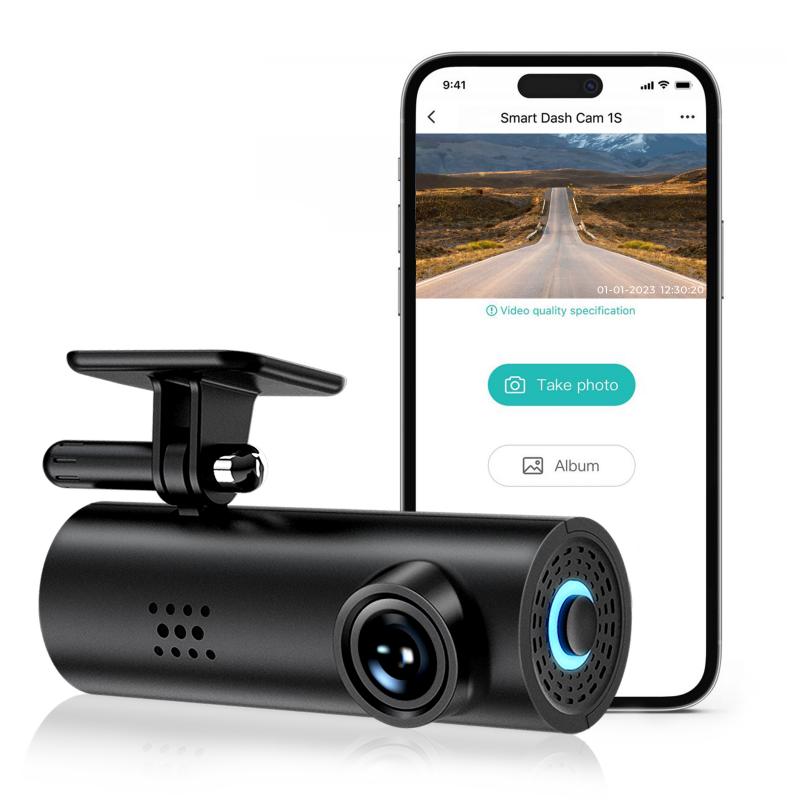


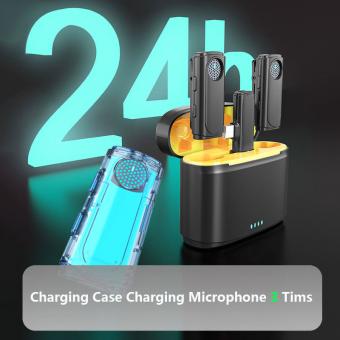
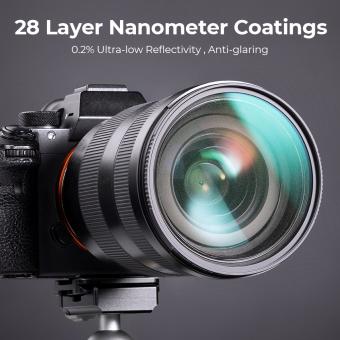








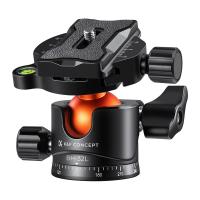

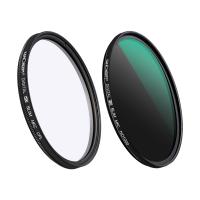


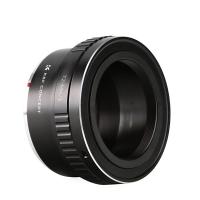

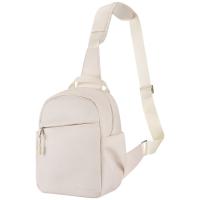

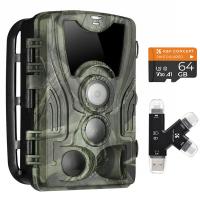
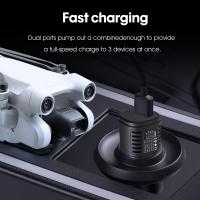



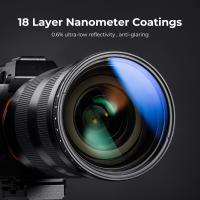
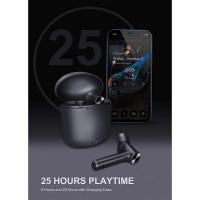

There are no comments for this blog.